This is the 37th in a series of posts on the Hasselblad X2D 100C camera and the XCD lenses. You will be able to find all the posts in this series by looking at the righthand column on this page and finding the Category “X2D”.
In the last few posts I’ve been looking at the GFX 100S and X2D noise with long exposures. In the previous post, I showed you that Phocus is much better than Lightroom for heroic (9 stop!) pushes with the X2D. at base ISO. Today we’ll look at some visual tests with 4 and 5 stop pushes, which should be enough for almost any situation where you’ll want to use base ISO and really long exposures.
Here’s the setup:
- Hasselblad X2D 100C
- Zeiss Otus 55 mm f/1.4 ZF.2 with Fotodiox F-to-X adapter
- RRS carbon fiber legs, Arca Swiss C1 cube
- ISO 64
- 2-second shutter delay
- f/16
- 2 second exposure with no neutral density filter
- 13 minute exposure with Hoya ND400 filter
That’s about a 4 stop underexposure for the whole scene, and a 5 stop underexposure for the Macbeth CC24 ColorChecker.
Developed in Lightroom as follows:
- +4 and +5 EV Exposure push
- No sharpening
- No noise reduction
- White balanced to second gray patch from the right.
- Otherwise default settings (Camera Standard Profile)
Developed in Phocus with the following settings:
- Standard profile
- No sharpening
- No noise reduction
- No lens corrections
- No keystone corrections
- +2 EV Exposure push
- White balanced to second gray patch from the right.
The Phocus images were given and additional +2EV and +3EV exposure push after they were exporrted to Lightroom.
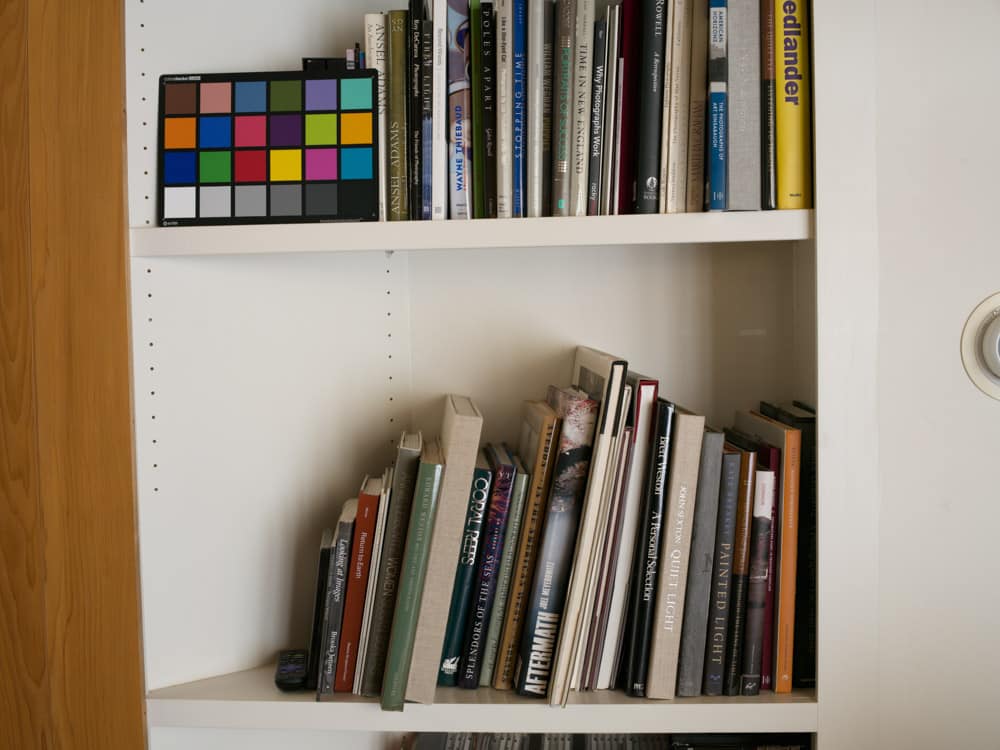
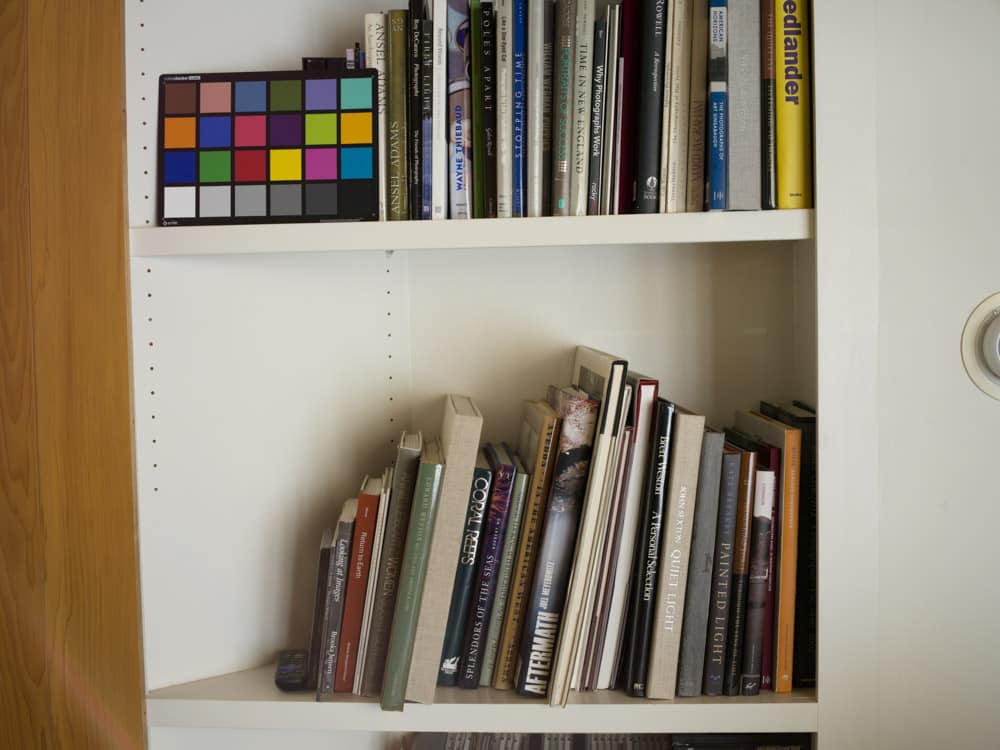
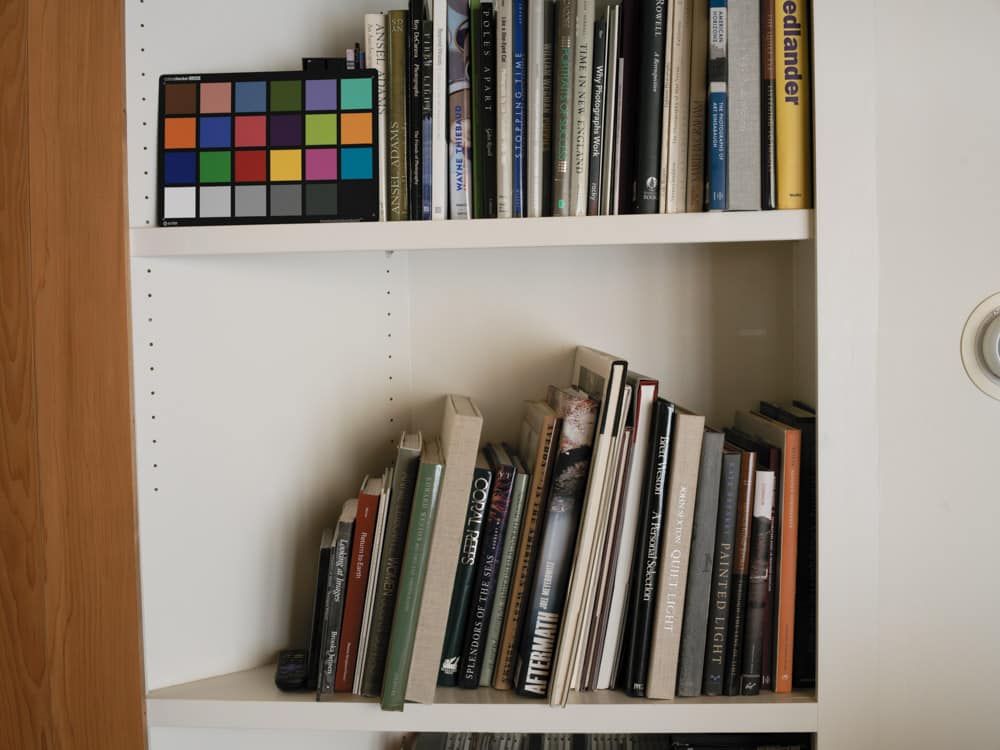
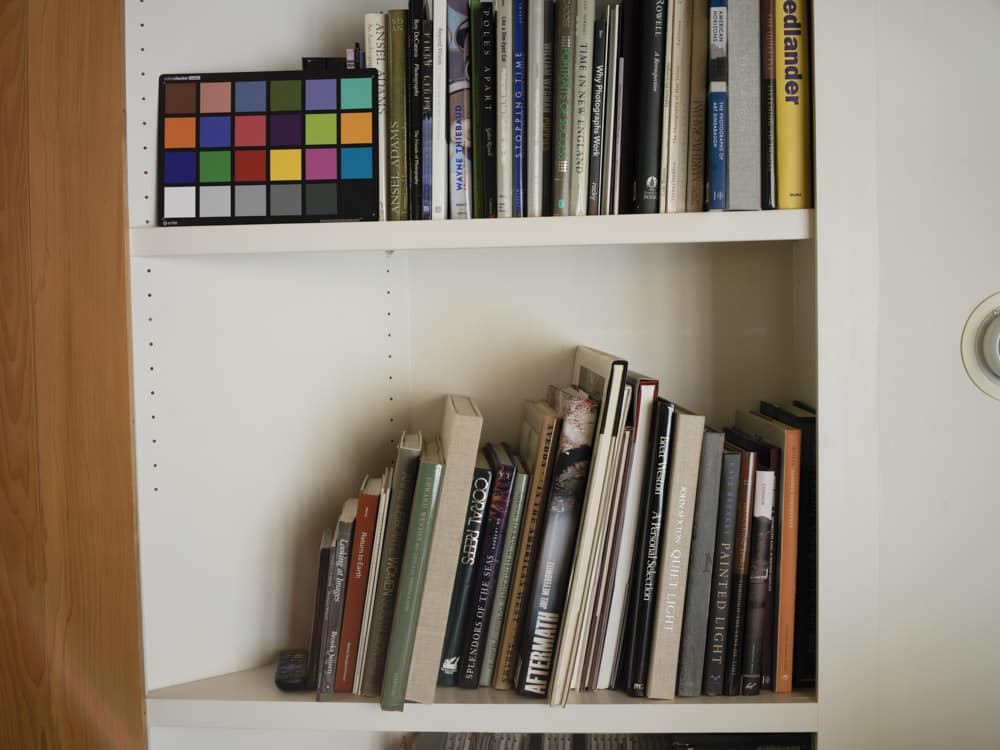
All of the above have a four-stop push.
There is virtually no color shift in the blacks that I can see.
100% crops with a 4-stop push:
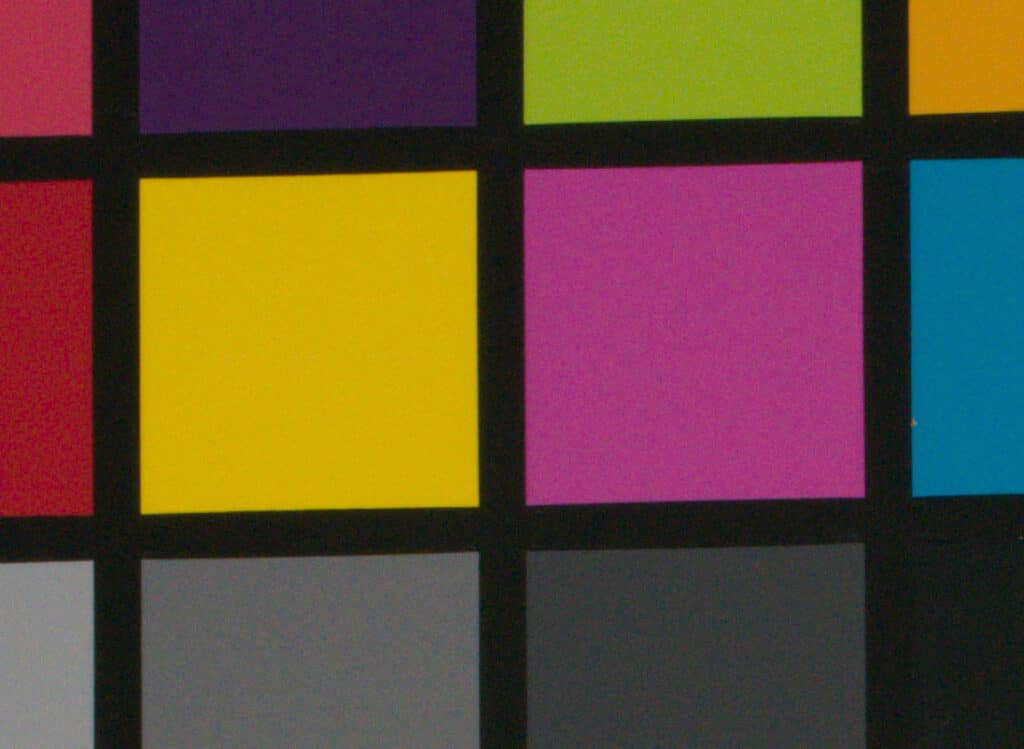
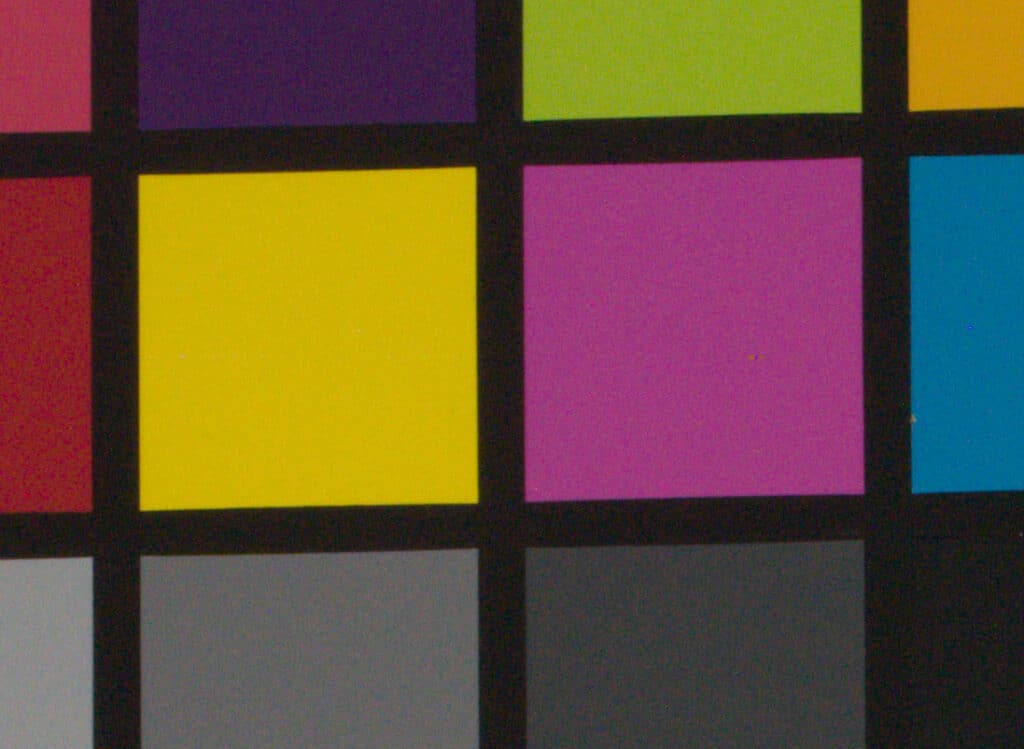
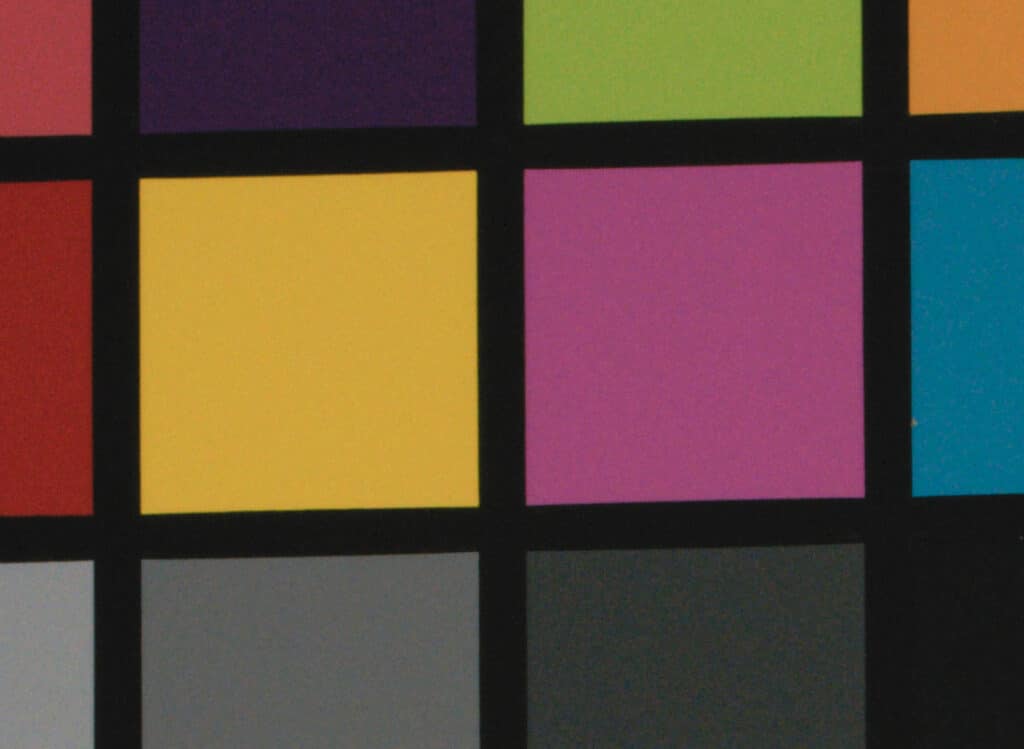
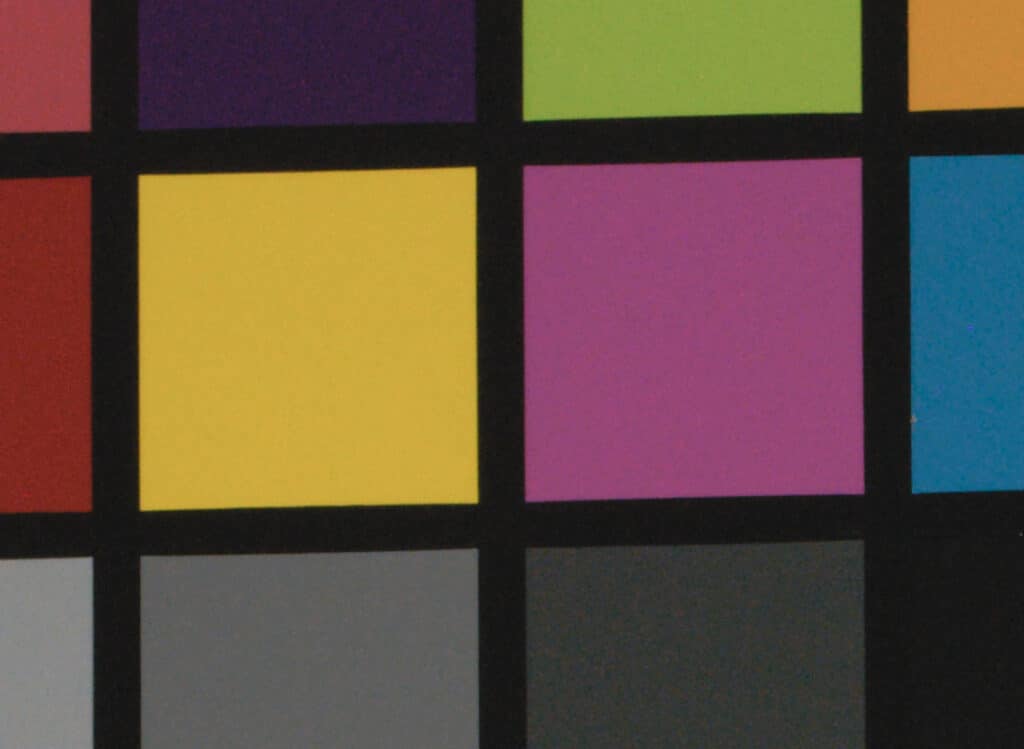
There are some subtle differences in those images, particularly in the color between the Phocus and the Lightroom images. The noise is slightly worse in the 13-minute images.
Same images with a five-stop push:
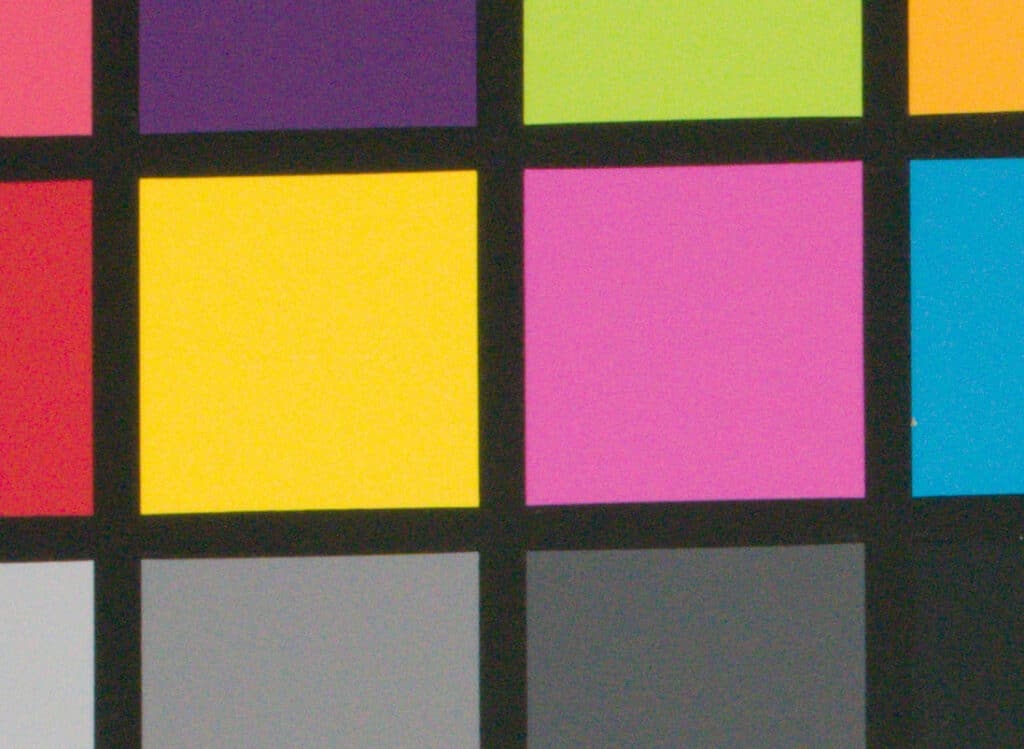
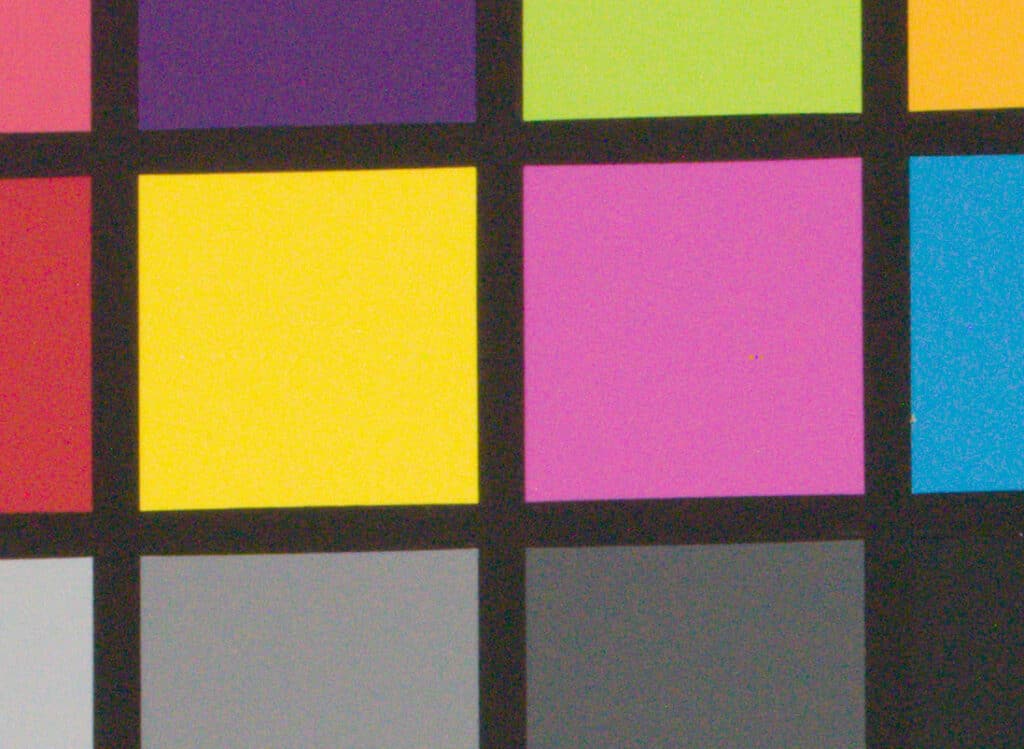
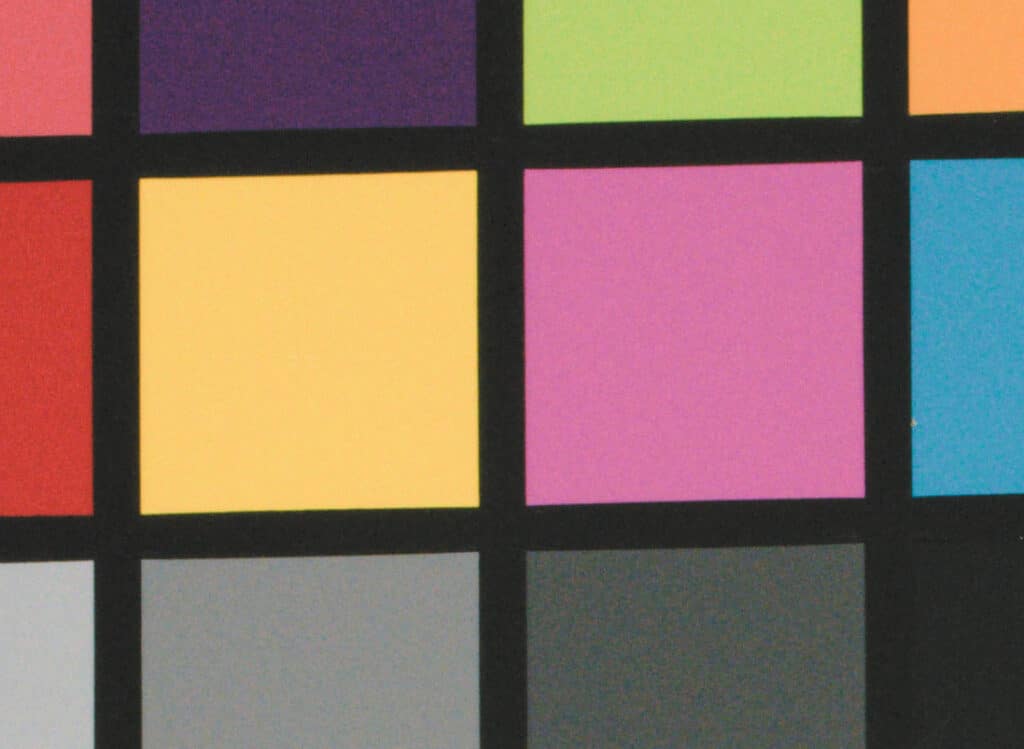
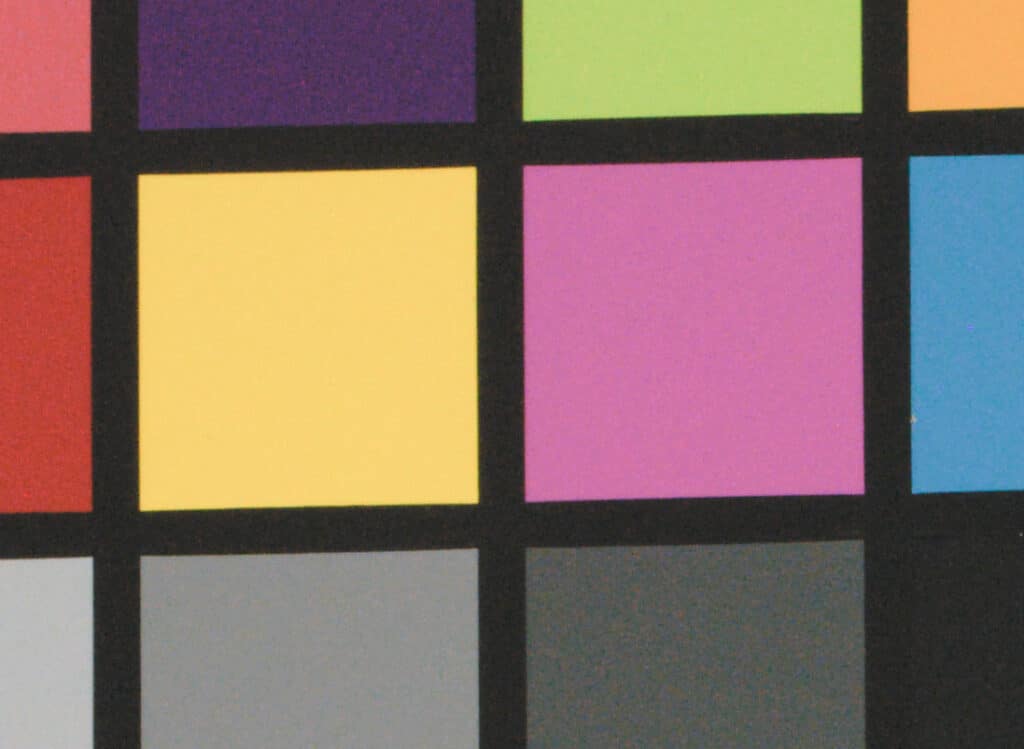
Again, expect for the color differences between Phocus and Lightroom, the images are quite similar.
My conclusion is that the differences for extreme pushes that I noted in the last post aren’t very important in the situations where I would expect most people to use 13 minute exposures at base ISO. This is, to me, a good thing, since the more I use Phocus, the less I like the way the program is designed. I do, however, like the colors it produces.
Leave a Reply